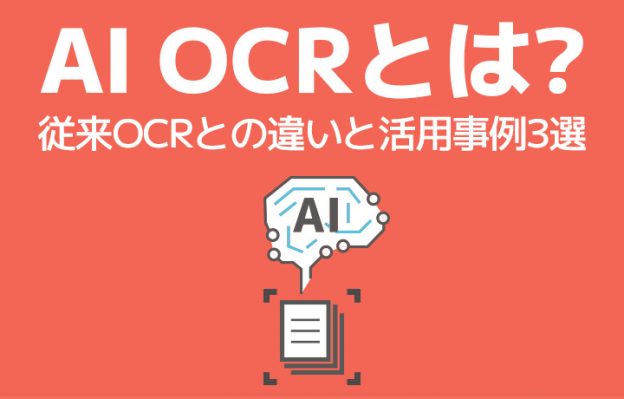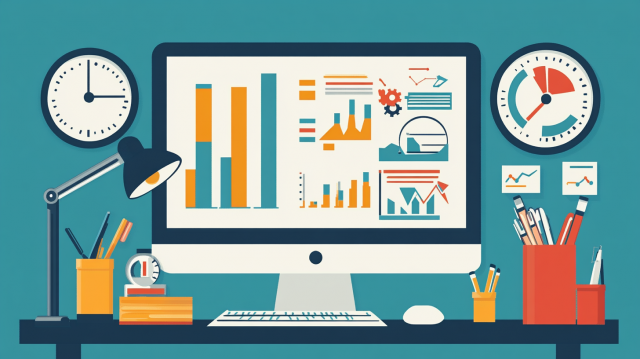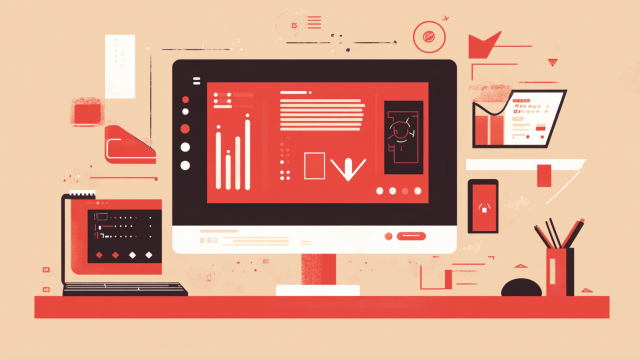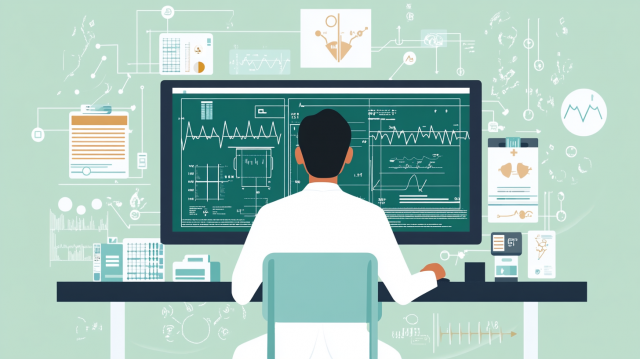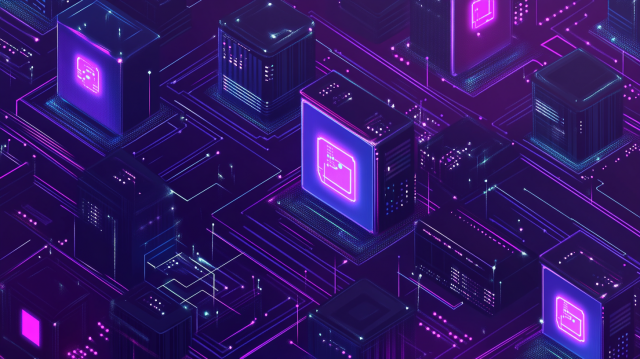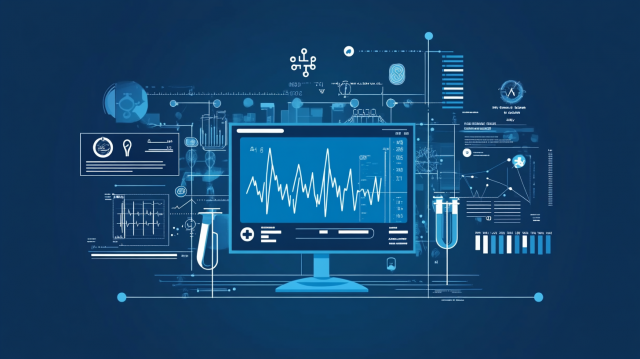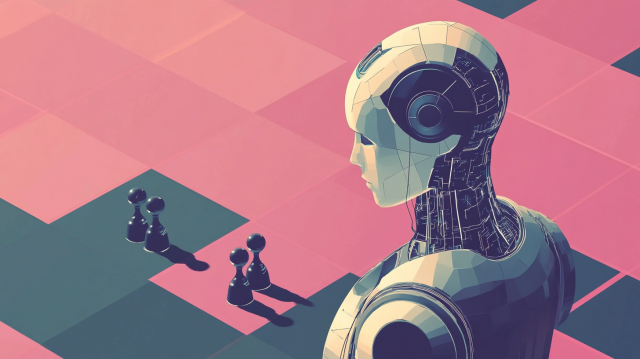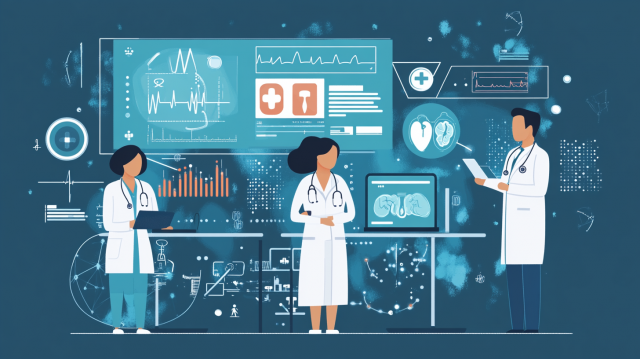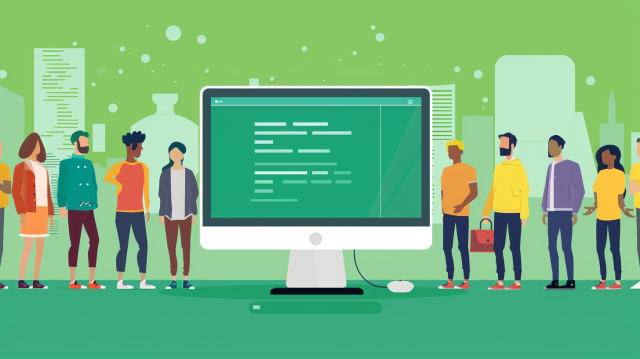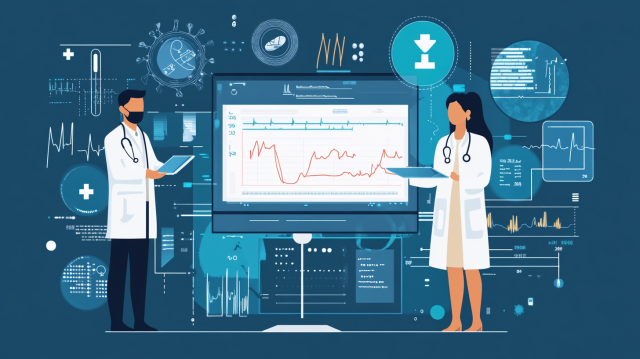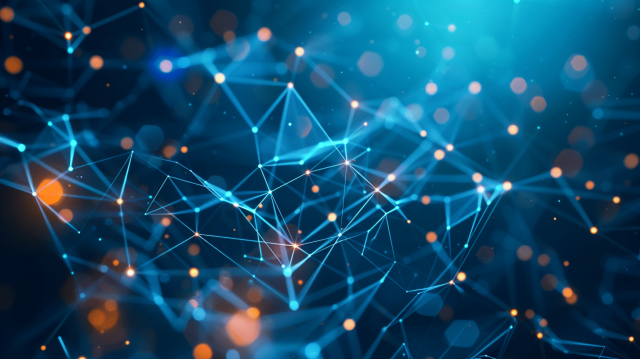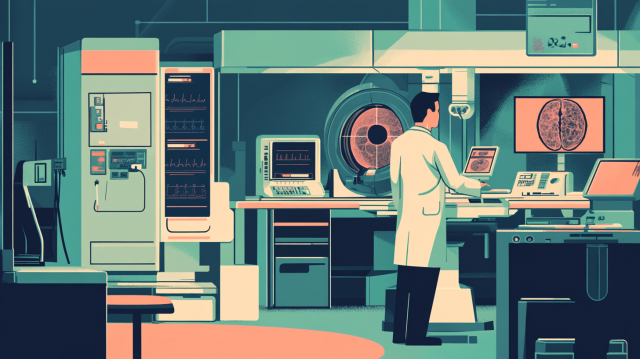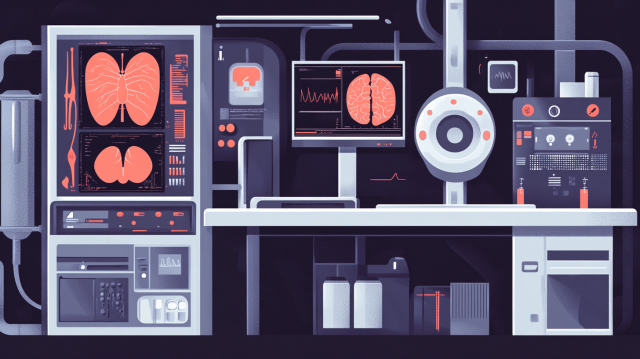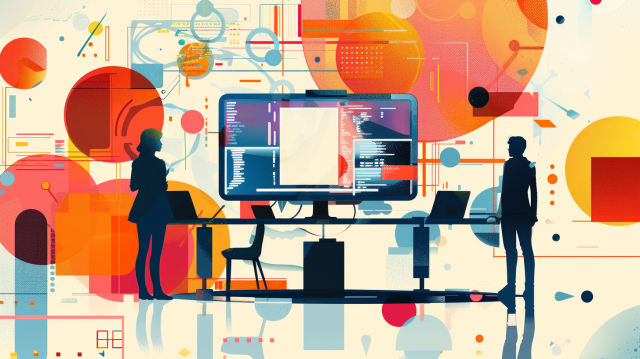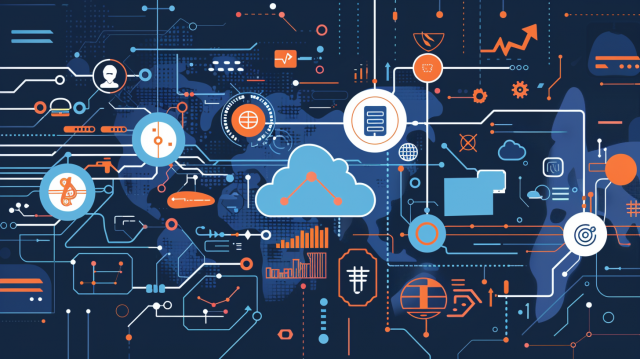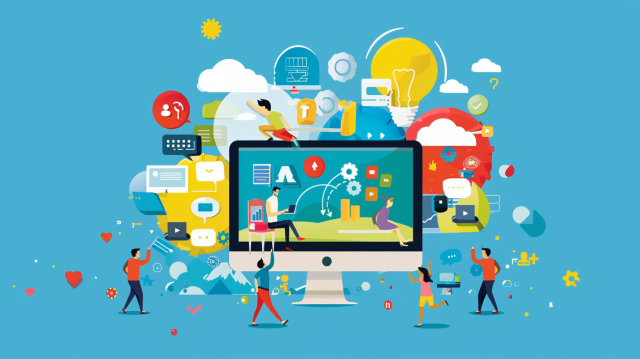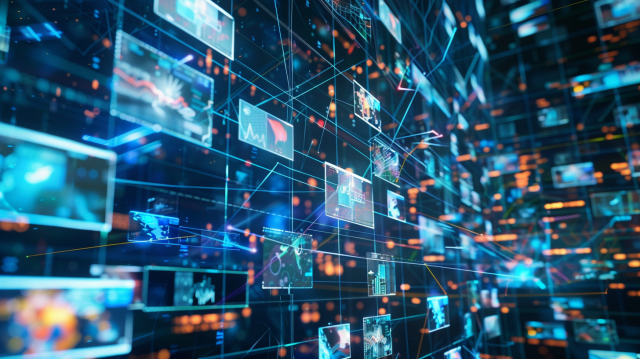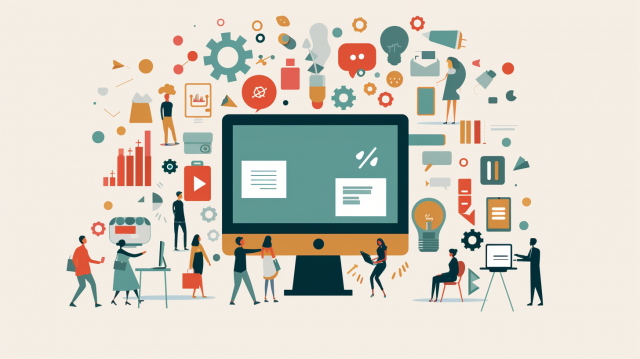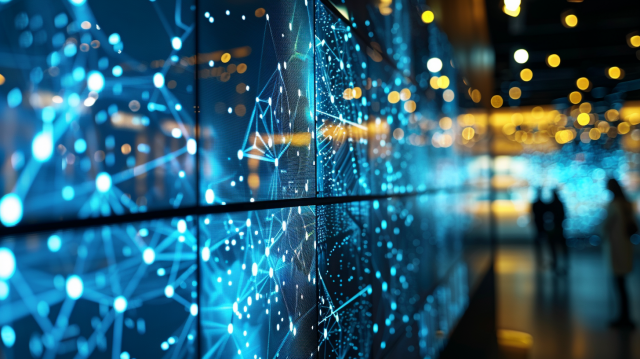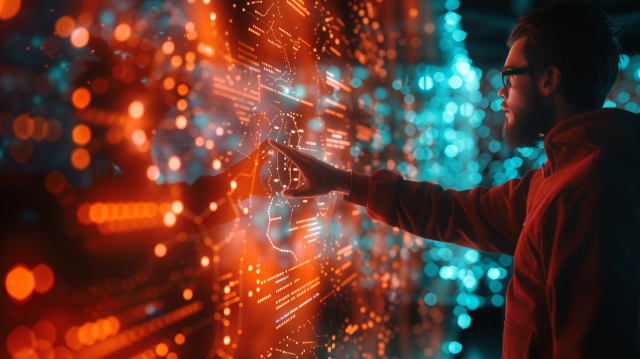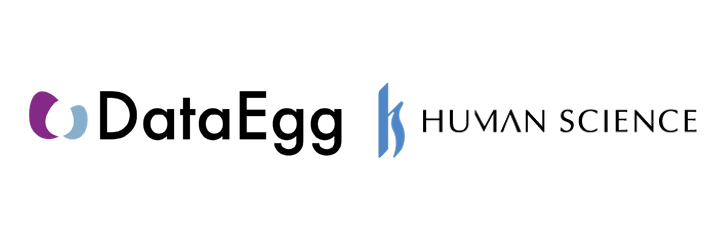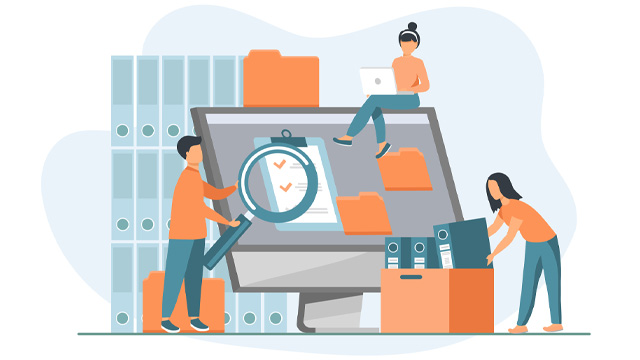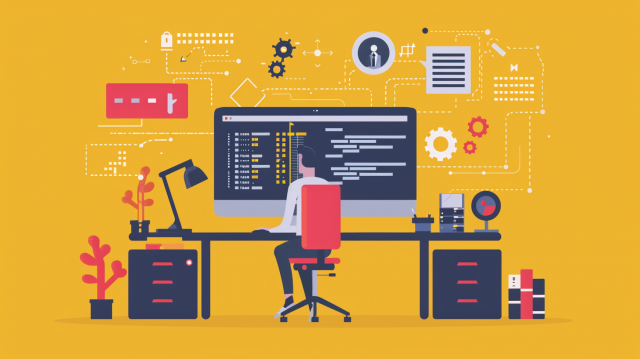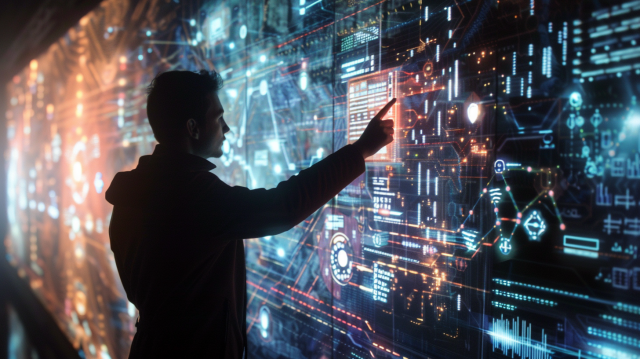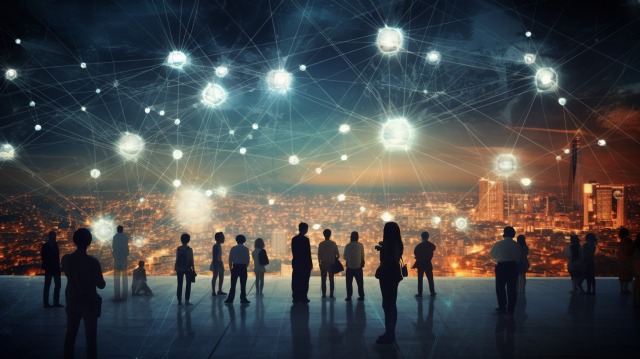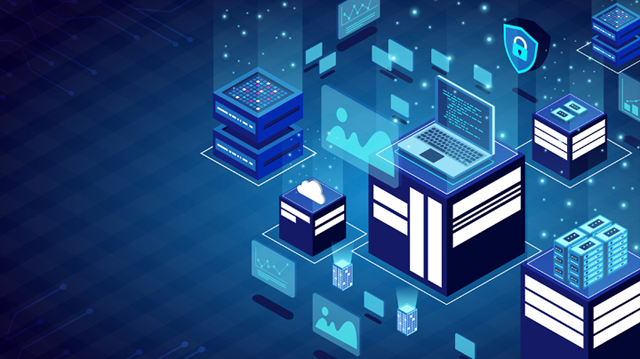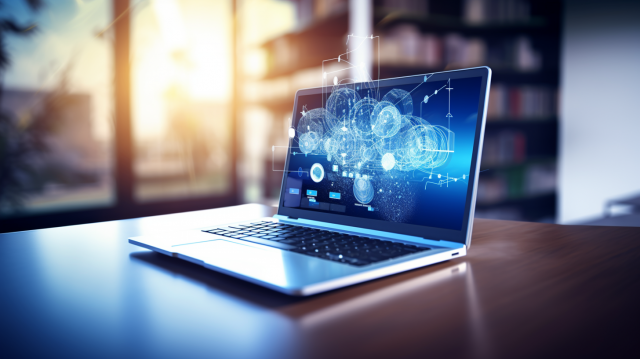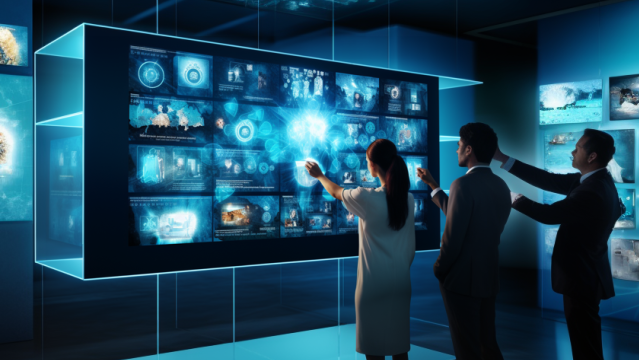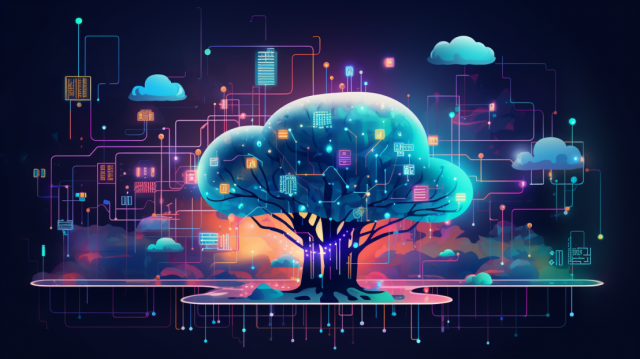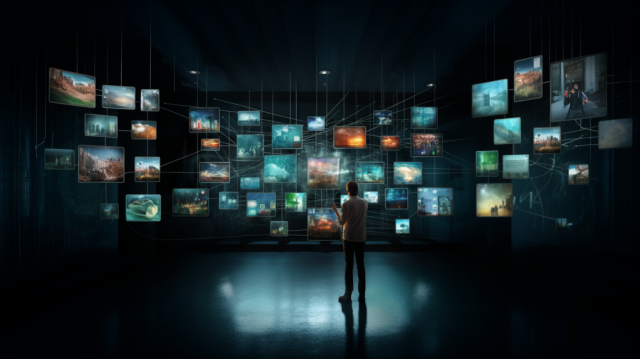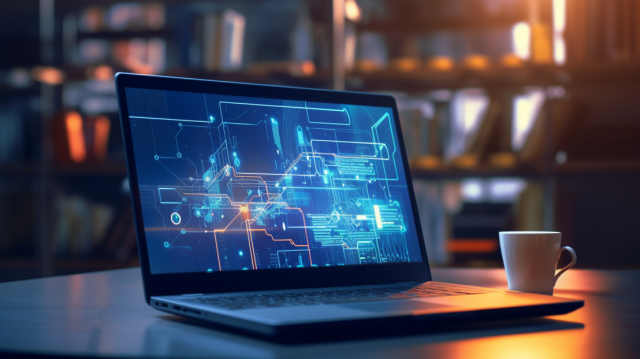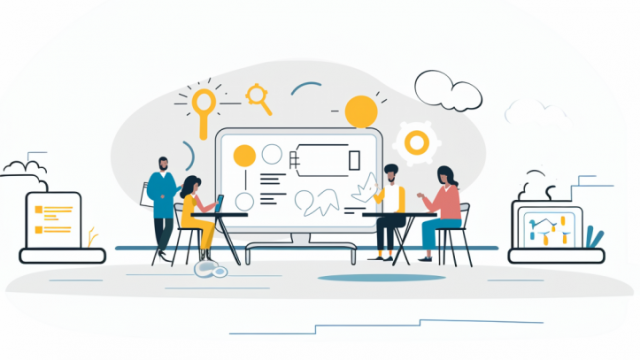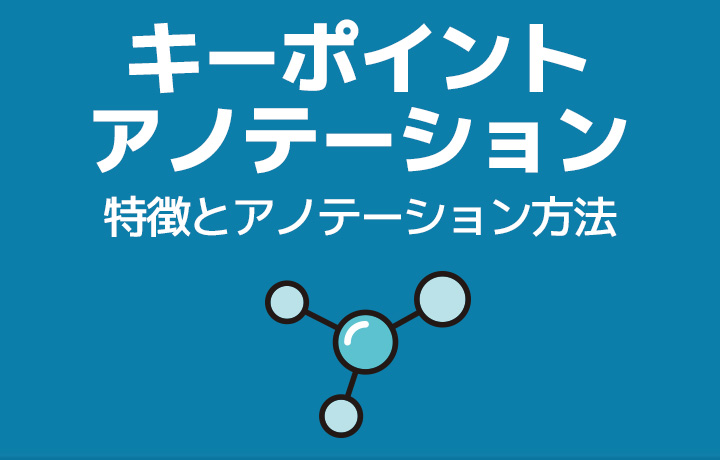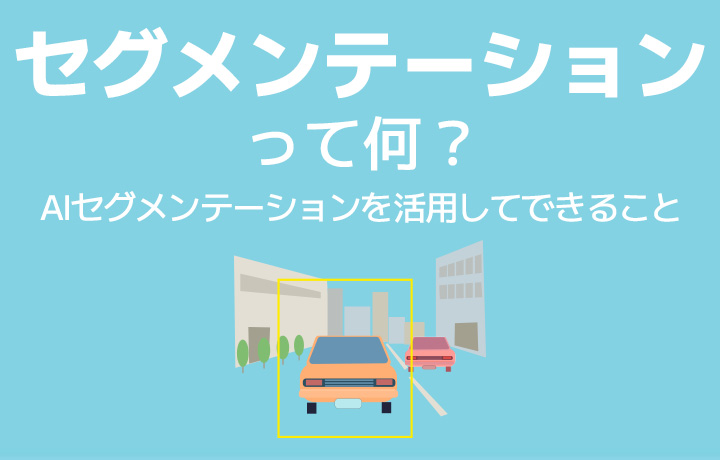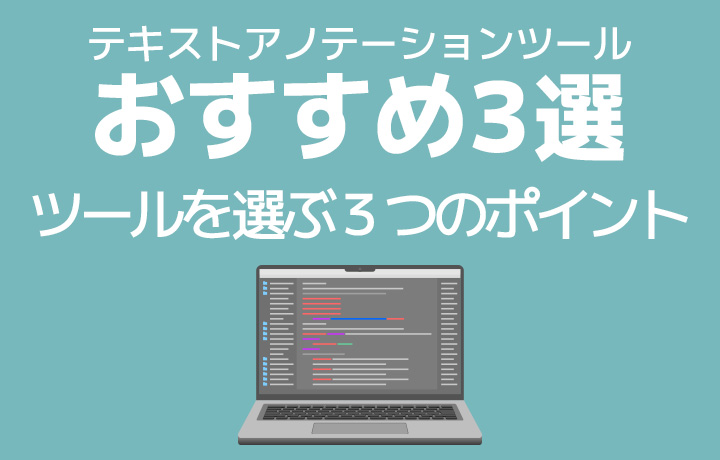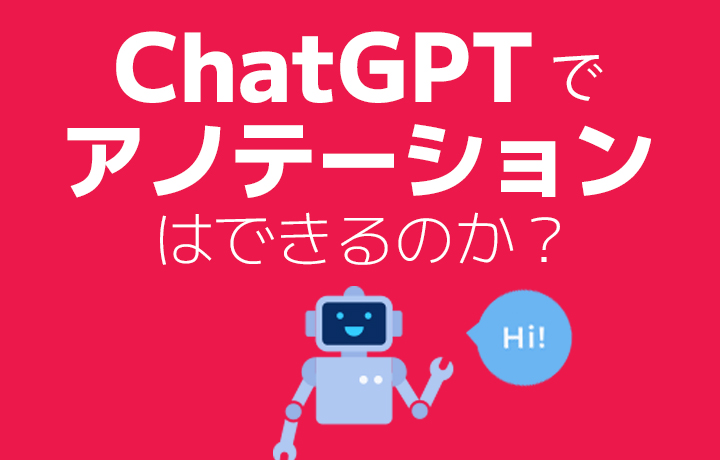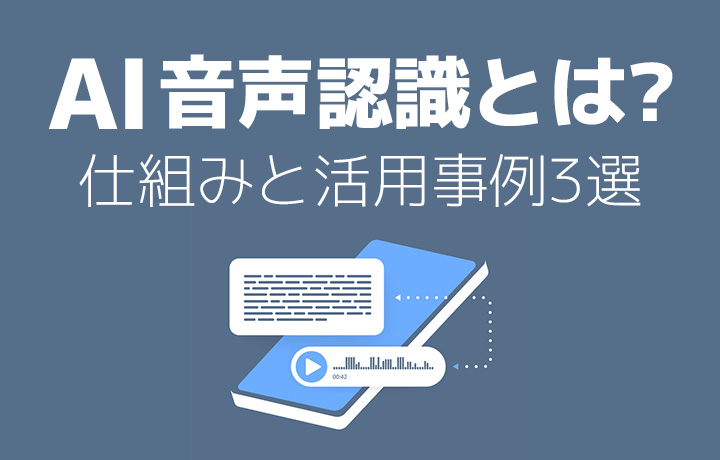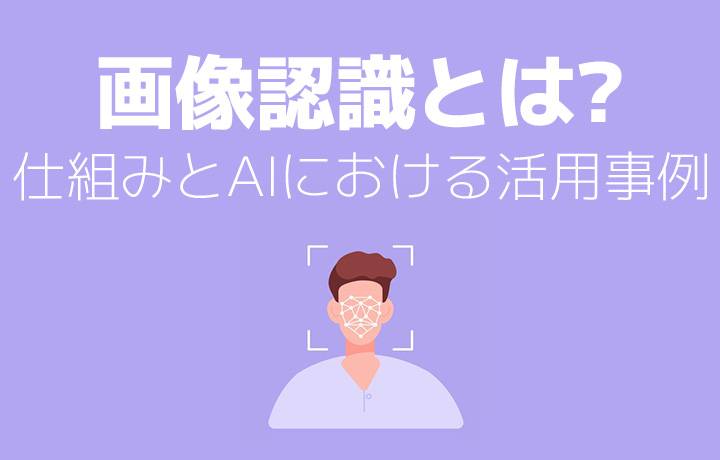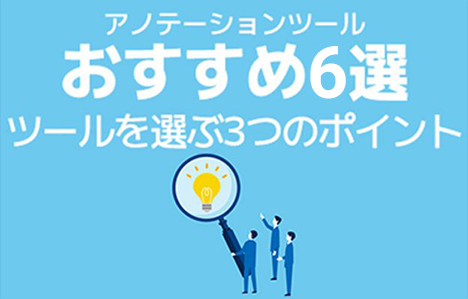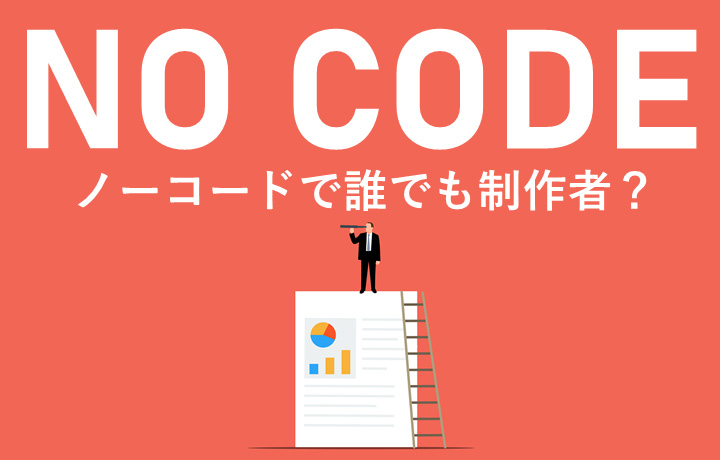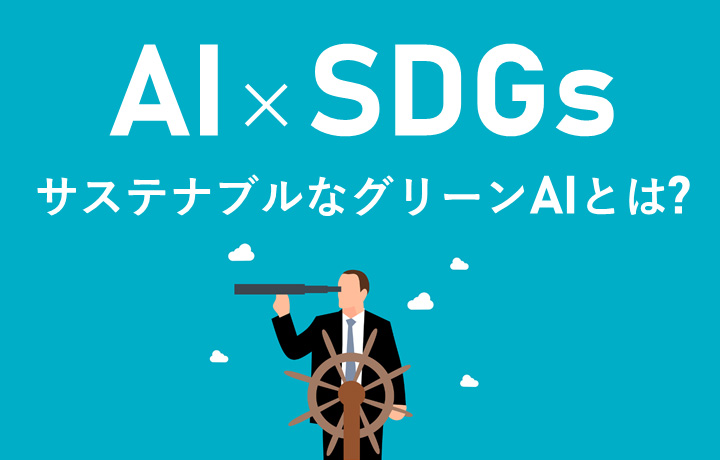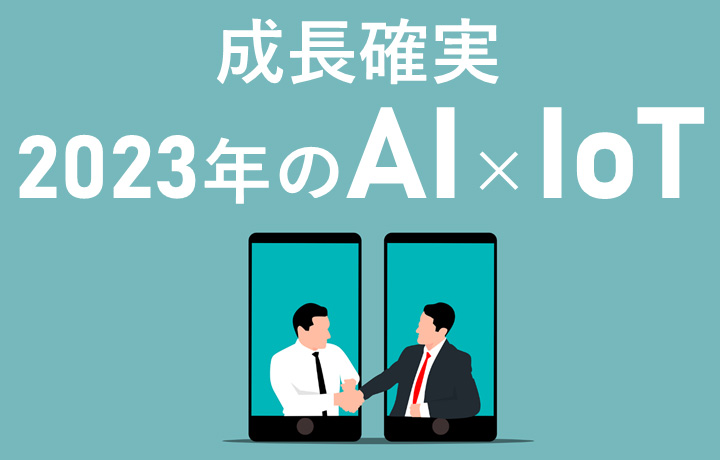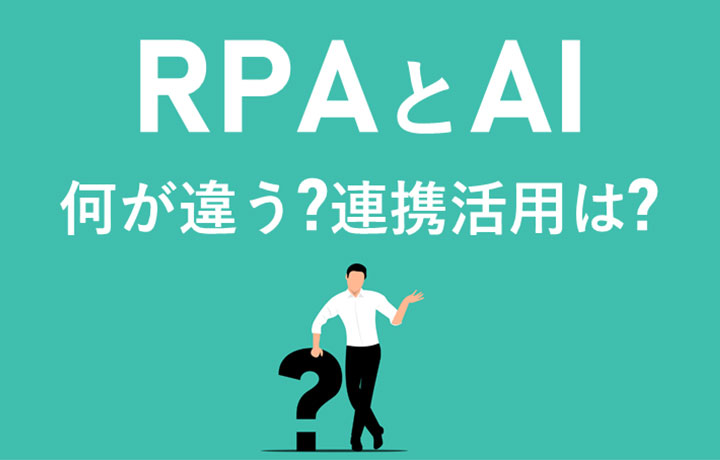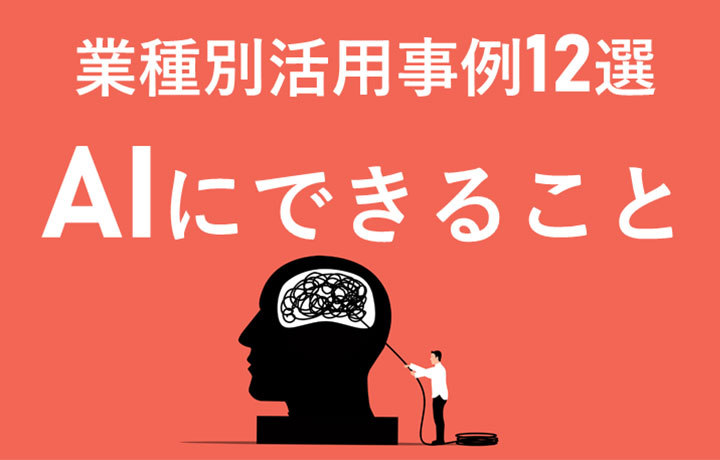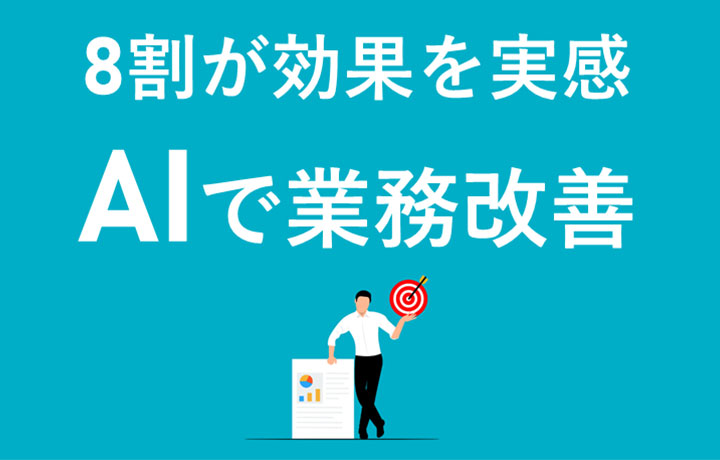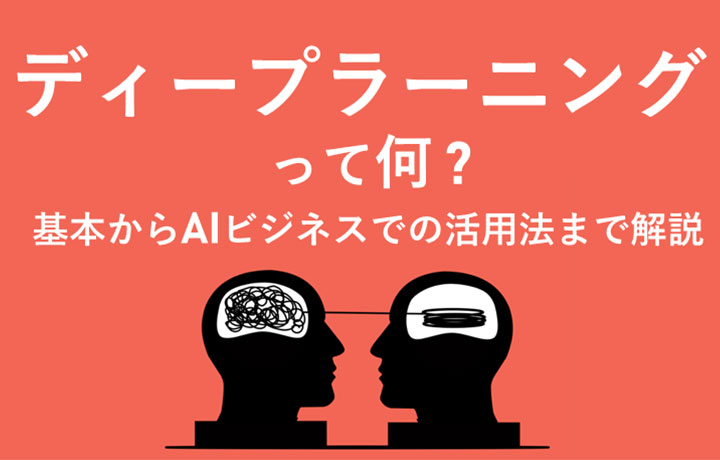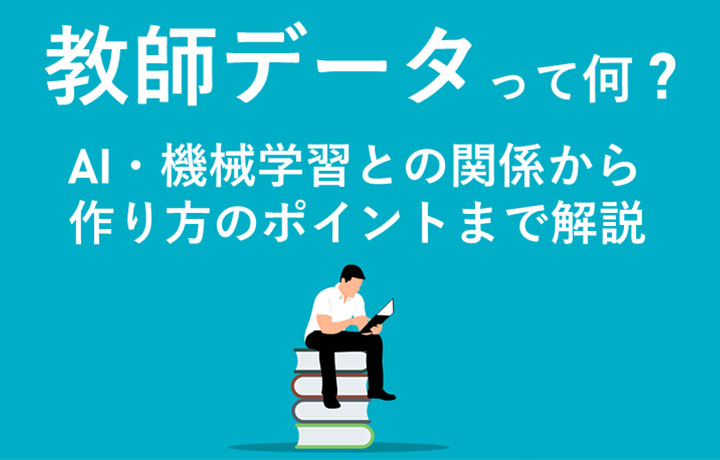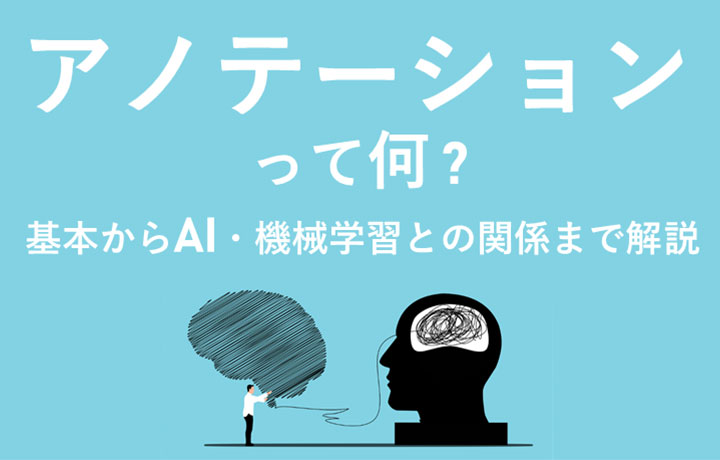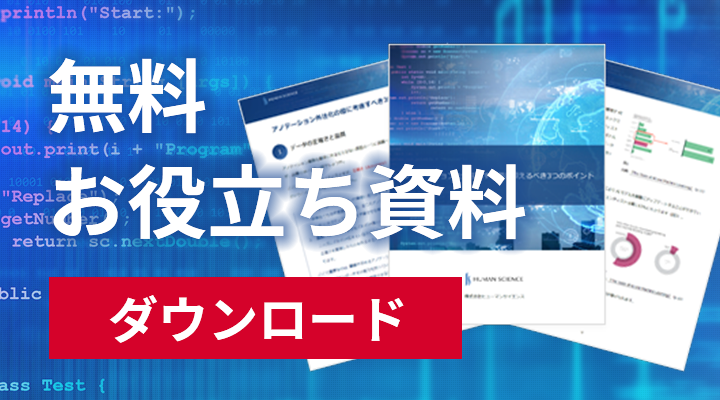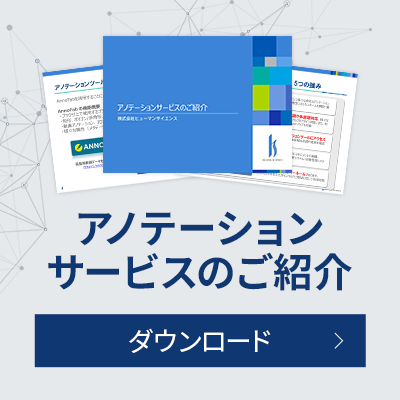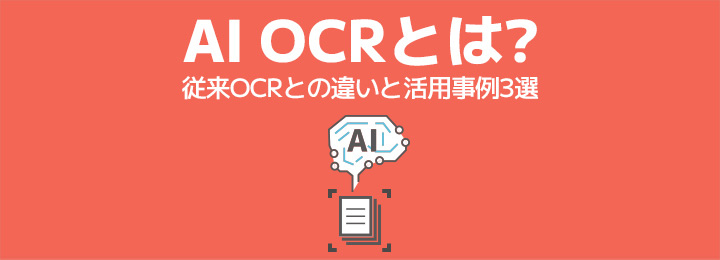
What is AI OCR?
AI OCR is one of the technologies that has rapidly evolved in recent years. While OCR is a technology that existed before, which converts text from documents scanned by devices like scanners or handwritten documents into digital data, AI OCR can be considered its evolved form. With advanced contextual understanding and language processing capabilities, AI OCR offers significantly higher accuracy and flexibility compared to traditional OCR. This article will explain the basic mechanisms of AI OCR, its features and advantages, as well as key points for selection.
- Table of Contents
-
- 1. Differences from Previous OCR
- What is OCR in the first place?
- What is the difference between "AI OCR" and "OCR"?
- Can business efficiency be improved with AI OCR?
- 2. Did AI OCR become widespread during the COVID-19 pandemic?
- 3. Types of AI OCR
- 4. Tips for Choosing AI OCR
- Hint 1: Which product is suitable for handwritten or printed text?
- Hint 2 Can you support languages other than Japanese?
- Hint 3: Is it possible to integrate with external systems such as RPA?
- 5. Benefits of Utilization
- Can be used for non-standard documents (forms)
- It is possible to read considering terminology and context.
- AI that improves reading accuracy
- 6. Disadvantages of AI OCR
- Complete automation is difficult
- Not fully adapted to vertical writing
- 7. Use Cases
- Order and Delivery Operations
- Accounting Operations
- Data digitization services for forms and documents
- 8. AI OCR and Generative AI
- What is Generative AI?
- AI OCR and Generative AI
- 9. Summary of AI OCR
- 10. Human Science Annotation Agency Services
- Utilizing the latest data annotation tools
- Over 48 million pieces of training data created
- Resource management without crowdsourcing
- Secure room available on-site
1. Differences from Previous OCR
How has AI OCR evolved from traditional OCR? First, we will explain the mechanism of conventional OCR, and then we will look at what has become possible by utilizing AI.
1-1. What is OCR in the first place?
OCR stands for Optical Character Recognition, a technology that uses optical methods to convert printed materials and handwritten text into digital data. After scanning printed materials with devices like scanners, it goes through processes such as layout analysis, line and character extraction, normalization, and feature extraction to output text data. In each of these processes, it is necessary to predefine various characteristics of the characters and information such as corpora.
For example, while the characters "Nihon" (Japan) and "Megi" (a type of plant) can be easily distinguished by the human eye, machines may not be able to differentiate them unless conditions such as print quality, character size, and resolution are met. In such cases, it is necessary to predefine the characteristics of the characters "Hi", "Me", "Hon", and "Ki", as well as set the frequency of occurrence for "Nihon" and "Megi". If these settings are not appropriate, the accuracy of character recognition will not improve. These settings must be made manually, but processing vast amounts of information has been a barrier to improving reading accuracy.
1-2. What is the difference between "AI OCR" and "OCR"?
With AI OCR, we have harnessed the power of AI to achieve advanced image analysis, contextual understanding, and language processing capabilities. As a result, features of characters that previously required manual setup, as well as corpus analysis, can now be processed rapidly through AI learning. This enables higher precision text recognition for specialized documents and handwritten text, which was difficult with traditional OCR.
1-3. Can business efficiency be improved with AI OCR?
AI OCR can process large volumes of documents and papers quickly and accurately. It significantly reduces the time and effort required for manual work, enabling improved operational efficiency. Additionally, it can be utilized for automating data management and analysis, contributing to rapid decision-making and strategic planning for businesses.
2. Did AI OCR become widespread during the COVID-19 pandemic?
The COVID-19 pandemic has rapidly increased the demand for remote work and digitalization. AI OCR has become an essential tool to meet the document processing needs of businesses and individuals. In a situation where remote operations and document sharing are increasingly required, AI OCR is expanding its role as a vital support tool.
3. Types of AI OCR
There are various types of AI OCR, including those specialized in specific languages, those tailored for particular industries or applications, and differences in platforms such as cloud-based and on-premises. Below, we introduce representative types of AI OCR and their respective features.
- General AI OCR: Used for multifunctional and general text recognition. It supports different languages and fonts, enabling high-accuracy character recognition.
- AI OCR for Specialized Fields: This OCR is developed for specialized fields such as healthcare, law, and finance. It is tailored for technical terminology and specific formats, providing high accuracy and domain knowledge.
- Handlight OCR: An OCR optimized for use on smartphones and tablets.
- Cloud-based OCR: This is an OCR provided as a cloud service. It enables fast and large-scale data processing and has high scalability.
- On-premise OCR: This is an OCR that is installed and used on local servers or computers, rather than in the cloud. It is suitable for environments where data security and privacy are prioritized.
4. Tips for Choosing AI OCR
To choose the right AI OCR for your business from various options, it is key to determine whether the necessary elements for your operations are met. Here are three tips to consider when making your selection.
Hint 1: Which product is suitable for handwritten or printed text?
Among the options for OCR, there are those specialized in handwritten text and those specialized in printed text. First, consider how much you need to handle handwritten text or printed text based on your company's needs. If you primarily deal with handwritten text, it is important to choose an OCR with high recognition accuracy for handwritten characters. On the other hand, if recognition of printed text is the main focus, selecting an OCR specialized in printed text can lead to increased efficiency in your operations.
Hint 2 Can you support languages other than Japanese?
If you are expanding your international business or need to handle multilingual documents, make sure to check whether the OCR supports other languages. Some OCRs may be limited to specific languages. By choosing an OCR that supports multiple languages according to your company's needs, you can expect to improve efficiency in document processing across multiple languages.
Hint 3: Is it possible to integrate with external systems such as RPA?
When utilizing OCR, it is also important to consider how to integrate the data extracted by OCR with other systems and processes to further enhance work efficiency. For example, by integrating OCR with RPA (Robotic Process Automation), one of the automation tools, automatic data extraction and processing become possible. When choosing an OCR, make sure to check whether it supports integration with external systems. By selecting an OCR that offers smooth data integration, such as through APIs or integration features, you can contribute to the efficiency and automation of business processes.
5. Benefits of Utilization
5-1. Usable for non-standard documents (forms) as well
Conventional OCR has been specialized for standardized documents and printed text, making it difficult to recognize non-standard documents (forms). The advantage of AI OCR is its ability to handle non-standard documents. AI OCR that supports non-standard documents can read forms and handwritten documents with different formats and layouts. This allows for efficient processing of diverse documents within a company, reducing work time and human errors.
5-2. It is possible to read considering terminology and context.
AI OCR enables more advanced information processing as it can understand and read terms and context. Unlike traditional OCR, which only recognizes characters, AI OCR analyzes the entire text and extracts data while considering context and meaning. For example, it can accurately extract information from documents that include specialized terminology and complex sentences, such as contracts and legal documents. This improves the accuracy and efficiency of document processing, making it useful for business decision-making and analysis.
5-3. AI that Improves Reading Accuracy
AI OCR utilizes machine learning and deep learning technologies, allowing for continuous improvement in recognition accuracy through ongoing learning. By training on large amounts of data and accumulating experience, reading accuracy improves. It can adapt to new patterns, understand languages, and changes in formatting, maintaining high recognition accuracy. This enhances the accuracy and reliability of OCR, improving the quality of document processing. Additionally, regular updates and improvements are provided, enabling the use of more effective OCR while incorporating the latest technologies and features.
In this way, by utilizing AI OCR, we can enjoy the benefits of processing non-standard documents, considering terminology and context, and improving reading accuracy, which were difficult with conventional OCR.
6. Disadvantages of AI OCR
6-1. Complete automation is difficult
AI OCR is a highly advanced technology, but it can be difficult to fully automate. In particular, when there are elements that are difficult to recognize, such as the complexity of documents, poor print quality, or handwritten characters that are hard for even humans to identify, some manual human intervention may be necessary. This may involve correcting recognition errors and verifying the accuracy of documents, requiring humans to review and adjust the output results of AI OCR.
6-2. Not fully adapted to vertical writing
AI OCR technology is primarily developed and optimized for horizontal text. As a result, vertically written documents tend to have lower recognition accuracy compared to horizontal text. Vertical text has different structures and layouts than horizontal text, which can make accurate reading difficult if the AI OCR model cannot fully adapt to vertical writing. However, AI OCR technology is evolving, and developments are underway to support vertical writing, so there is hope for improved recognition accuracy in the future.
In this way, although there are challenges such as the difficulty of complete automation and support for vertical writing, the technology of AI OCR is advancing daily, and its accuracy and capabilities will continue to improve.
7. Use Cases
By utilizing AI OCR, we can expect improved operational efficiency. Here, we will introduce actual use cases.
7-1. Order and Delivery Operations
In order management, it is necessary to receive paper documents such as purchase orders, delivery notes, and invoices from customers, and to digitize and process them. By utilizing AI OCR, these documents can be scanned and automatically read as text data. As a result, order information and delivery information are extracted quickly and accurately, streamlining the order management process. Additionally, the capabilities of AI OCR can be used to check data integrity and errors.
7-2. Accounting Operations
In accounting operations, expenses are recorded and billing processes are carried out based on paper documents such as receipts and invoices. By using AI OCR, these documents can be digitized, and necessary information can be automatically extracted. Since the amounts on receipts and information about payees are accurately extracted, the accuracy and efficiency of expense recording and billing processes are improved. Furthermore, by integrating AI OCR with accounting systems and software, automatic data entry and reflection in ledgers become possible, reducing the workload and human errors.
>BIPROGY Launches Accounting-Specialized AI-OCR 'Robota'
7-3. Data Digitization Services for Reports and Documents
Within companies, there are various paper forms and documents, and to utilize the information from them, manual data entry is necessary. By using AI OCR, it is possible to scan forms and documents and automatically convert them into text data. For example, this includes digitizing recruitment documents in the HR department and medical certificates in healthcare institutions. The accuracy and efficiency of AI OCR lead to reduced work time and improved accuracy, making data search and analysis easier. Furthermore, it also facilitates data backup and sharing, enhancing the efficiency of information storage and sharing.
> GoQSystem has launched the AI OCR service "GoQReader" that digitizes paper forms!
8. AI OCR and Generative AI
8-1. What is Generative AI?
With the rise of generative AI, such as ChatGPT, which outputs responses as if a person is answering when asked questions in natural language, there has been a rapid increase in the use of AI that generates text and images based on simple requests or keywords in recent years.
The main difference between generative AI and existing AI lies in the ability to generate new data or content based on the given data. Existing AI can recognize and classify the provided data according to its purpose, but it cannot generate new data.
For example, while existing AI can recognize whether an image of a comic panel is by Osamu Tezuka, it cannot create a new "work" by Tezuka. Generative AI, on the other hand, can generate not only stories but also characters. In this way, various fields and industries are beginning to engage in the utilization of generative AI to create new value based on already existing data.
Case Studies
>Challenging the "God of Manga" AI x Human Six-Month Close Coverage
8-2. The Potential of AI OCR and Generative AI
By combining AI OCR and generative AI, the possibilities for improving operational efficiency and creating new value expand. Below are some examples.
Automated Document Generation and Editing:
Using AI OCR, you can add text and summarize documents that have been scanned. This enables the automatic generation of document summaries and supplementary information that previously required time-consuming manual effort.
Digitalization of Documents and Automatic Tagging:
Documents can be digitized using AI OCR, and generative AI can be utilized to assess the content of the documents and automatically assign appropriate keywords and tags. This makes searching and classifying documents easier.
Automatic Document Repair and Regeneration:
By analyzing old or damaged documents read by AI OCR, it is possible to infer and supplement missing parts using generative AI. This enables the repair and restoration of documents.
These are common application examples when combining AI OCR and generative AI. Such combinations allow for more efficient document management, content generation, and information utilization.
Use Cases
>Added features to AI-OCR "DEEP READ" utilizing GPT-4
>Industry first (※)! Updated receipt reading AI-OCR functionality through ChatGPT integration
9. Summary of AI OCR
We have looked in detail at AI OCR up to this point. AI OCR is utilized in various business areas such as order processing, accounting, and data digitization of forms and documents. Its effects are diverse, including improved operational efficiency, increased accuracy, and easier data search and analysis.
By implementing AI OCR, companies can improve and streamline their business processes, enhancing their competitiveness. Please consider utilizing AI OCR to maximize your business outcomes.
10. Consult Human Science for AI Utilization
10-1. Utilizing the latest data annotation tools
One of the annotation tools introduced by Human Science, Annofab, allows customers to receive progress checks and feedback in the cloud even during the project's progress. By ensuring that work data cannot be saved on local machines, we also take security into consideration.
10-2. Achieved 48 million teacher data creations
I want to implement AI, but I don't know where to start.
I don't know what to request even if I want to outsource.
In such cases, please feel free to consult Human Science.
Human Science participates in AI development projects across various industries, including natural language processing, medical support, automotive, IT, manufacturing, and construction. To date, we have provided over 48 million high-quality training data through direct transactions with many companies, including GAFAM. We handle a wide range of annotation projects, from small-scale projects to long-term large-scale projects with 150 annotators, regardless of the industry.
>>Human Science Annotation Services
10-3. Resource Management Without Using Crowdsourcing
At Human Science, we do not use crowdsourcing; instead, we proceed with projects using personnel directly contracted by our company. We form teams that can deliver maximum performance based on a solid understanding of each member's practical experience and their evaluations from previous projects.
10-4. Complete security room within the company
At Human Science, we have a security room that meets ISMS standards within our Shinjuku office. This allows us to handle even highly confidential projects on-site while ensuring security. We consider the protection of confidentiality to be extremely important for all projects. Our staff undergoes continuous security training, and we exercise the utmost caution in handling information and data, even for remote projects.

 For the medical industry
For the medical industry For the automotive industry
For the automotive industry For the IT industry
For the IT industry